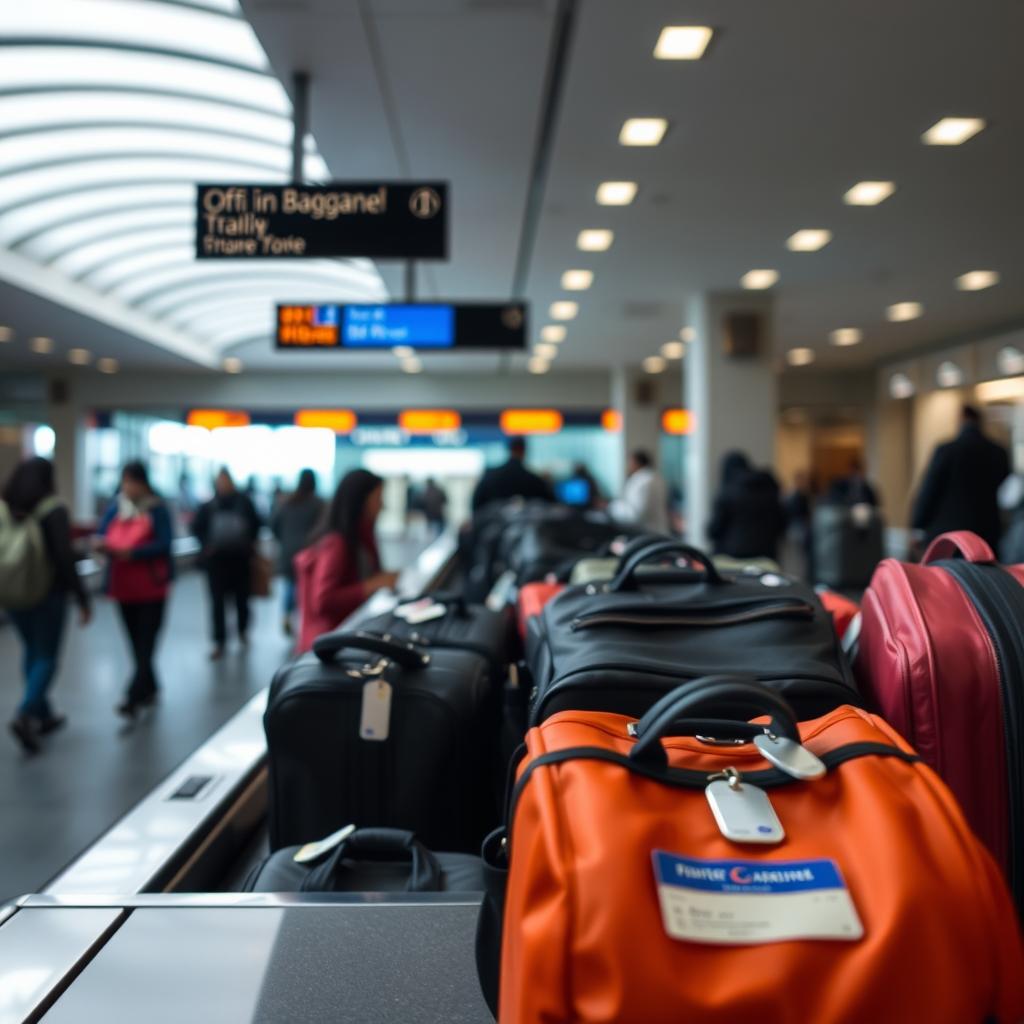Every checked bag goes on a complex journey from check-in to claim. In fact, of the 4 billion bags flown each year worldwide, 99.57% arrive on time (iata.org). When you hand your suitcase over at the desk or kiosk, agents weigh it, apply a baggage tag (a barcode with your flight and destination), and enter it into the airline’s system (alternativeairlines.com). The tag is crucial – it links the bag to your flight and lets automated conveyors and scanners route it correctly (alternativeairlines.com). Next, the bag moves on conveyor belts to a sorting area, where it is scanned and diverted toward the correct plane (alternativeairlines.com).
- Check-in: Your bag is weighed and a unique tag is attached, encoding your flight and name (alternativeairlines.com).
- Security Screening: By international regulation (ICAO Annex 17) all checked baggage is X-rayed or CT-scanned for explosives before boarding (alternativeairlines.com)(iata.org). Clear bags pass through; flagged bags get secondary screening or manual inspection.
- Sorting: Automated baggage handling systems read the tag and sort bags onto carts or lines bound for the right flight (alternativeairlines.com). Modern airports often use RFID or barcode scanners at several points.
- Loading: Baggage handlers load the bags onto belt loaders or into containers for your aircraft. Airlines now must track each bag at key points – when accepted, loaded, transferred, and delivered (iata.org). This helps quickly spot and fix any mishandling.
- Transfer (if any): If you connect flights, your bag goes to a transfer area. The local baggage team will move it to the next plane, following agreed procedures.
- Arrival: At your destination, handlers unload the plane and take bags to the reclaim carousels. You collect your suitcase at baggage claim. If your bag is delayed or offloaded, the airline’s baggage desk will work to reunite you – most delayed bags (over 99%) are returned to passengers within 48 hours (iata.org).

In short, your bag is scanned, sorted, and tracked every step of the way. The combination of modern conveyors, scanners, and tracking systems (required by IATA Resolution 753) means that a missing bag is now rare (iata.org). Knowing this process can help you pack smarter and track your bag via airline apps, but rest assured: in almost every case your luggage arrives with you.


